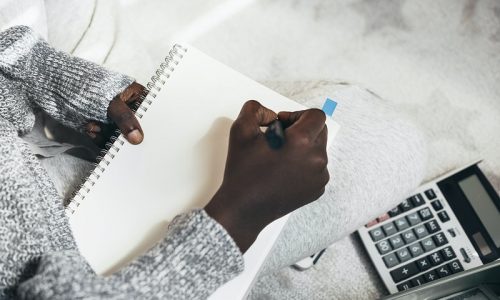-
Lot Size18,296 sqft
-
Home Size2,733 sqft
-
Beds4 Beds
-
Baths3 Baths
-
Year Built2003
-
Days on Market3
10 Tips to Know About Finishing Your Basement
- Real Estate Tips
- baseboard heating, Cardiff, Cardiff finished basement, DIY in cardiff, Finishing your basement, furring strips, home in Cardiff, Linda Moore, Real Estate, recessed lighting, unfinished furnace room
- March 6, 2014
It’s very popular to do remodeling of your real estate when you’re getting ready to sell your home. When you’ve finally pulled enough funds together if you are selling or just enhancing the value of your home in Cardiff.
However before traveling the do-it-yourself route, take these tips into consideration when you’re trying to finish your basement in Cardiff, according to DIYNetwork.com.
- Wait till it’s dry: You don’t want to jump in after it just rained, because water issues could damage the whole operation. Check out and see if there are any moisture issues outside of the basement area, the wells and the exterior walls. The way the house is angled, you have to check to see if the ground is sloped in away from the foundation walls. Downspouts, if clogged, could make your basement attain moisture problems.
- Check the Code: When you’ve concocted a design plan and you’ve finished your check of the basements moisture, you may need to obtain a permit. Electrical work must be done according to code – which is the main reason you are required to do so – because you don’t want to put a damper on things (pardon the pun).
- Shooting Studs: Of course the old fashioned hammer and nails are mainly used, but professionals who finish basements for a living in Cardiff utilize a tool called the shot gun. It’s used for construction work, and the color of the “Bullets” indicate the strength and caliber of these nail like objects. They come in yellow, red, brown and green.
- Install Furring: You should apply furring strips to your walls. Furring strips are thin strips of wood and/or metal used to make surfaces to support the finished surfaces in a room.
- Avoid Vapor, but Keep Heat in: A good method for keeping method for keeping moisture from seeping in is using polyurethane sheeting. It is easy to work with since you don’t have to deal with itchy insulation fibers, because this insulations is totally enclosed in a vapor barrier.
- Suspend Your Ceiling Preconceptions: Suspended ceiling tiles are the way to go if you need to have access to electrical and plumbing systems in your ceiling.
- Recessed Lighting: You don’t want light fixtures having from a lowered ceiling. Due to the limitations around the natural light, basement lighting is important to brighten the place up – and recessed lighting should be your number one choice.
- Baseboards for heating: Normally being the coolest room in the home in Cardiff, baseboard heating should be the decision you make. Baseboard heaters go at the bottom of the wall where it meets the floor.
- Don’t Finish the Furnace Room: To save money, don’t finish the laundry room and boiler room as is. A certain clearance has to be maintained between the wall and unit, and there is code for framing around those items. At least two feet of space should be around the unit in Cardiff.
- Build the Floor before anything is laid down: Being below ground, your basement in Cardiff will receive moisture and cooler air, no matter how you try to warm it up. A vapor barrier will shield the space between the cement and the wood. Two by fours should be laid to frame every 16 inches. A strip should be laid down and between where you put down the 2x4s should have a piece 4/4 plywood on top and an insulation board should be placed between the strips. This will make it available for you and your guests to walk through your basement in Cardiff barefoot.






